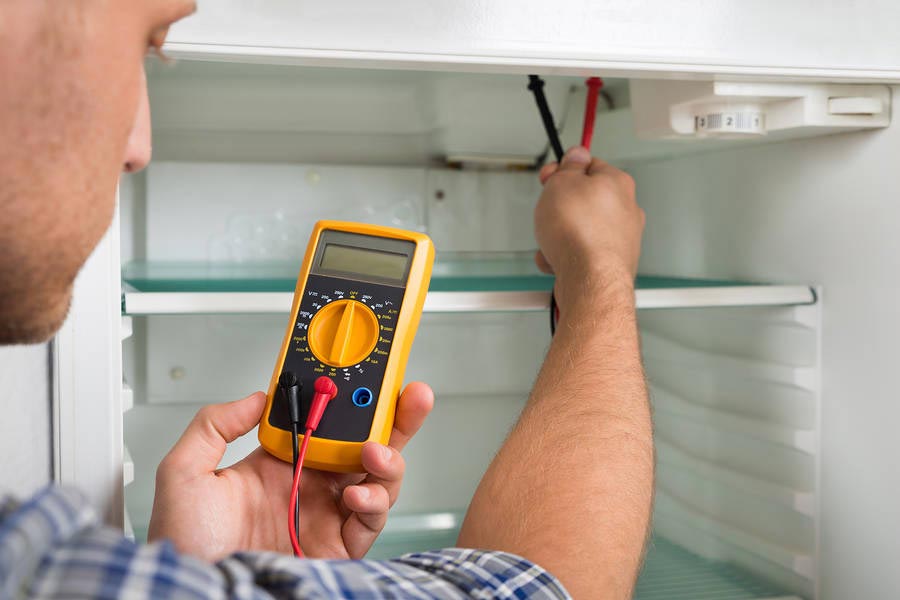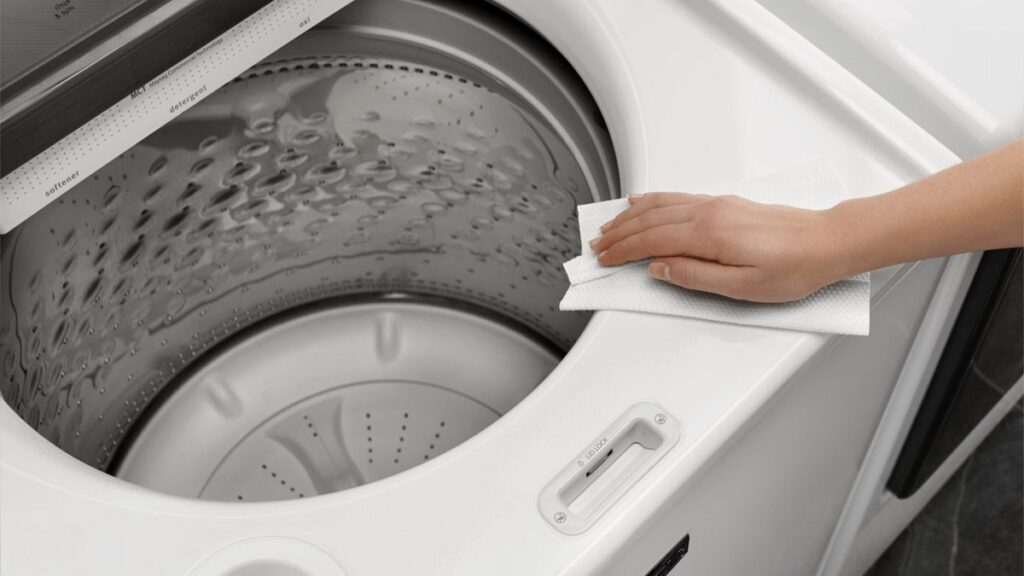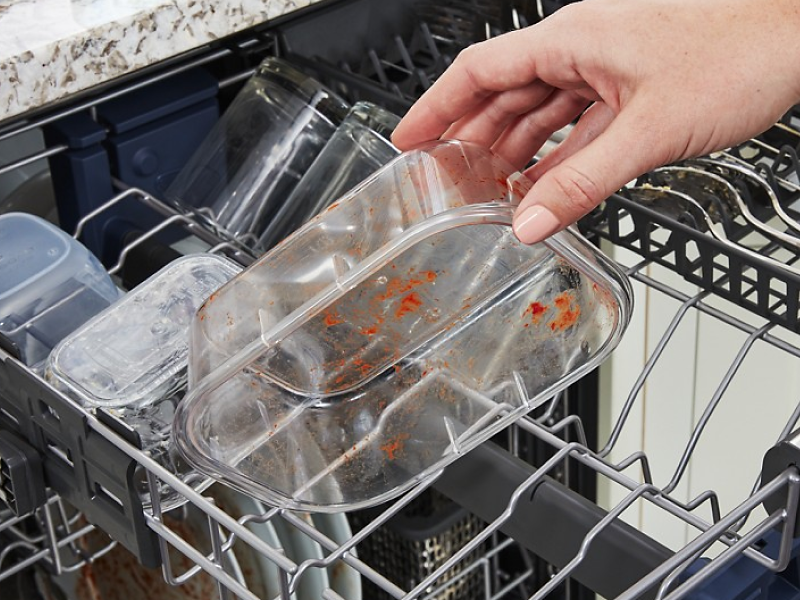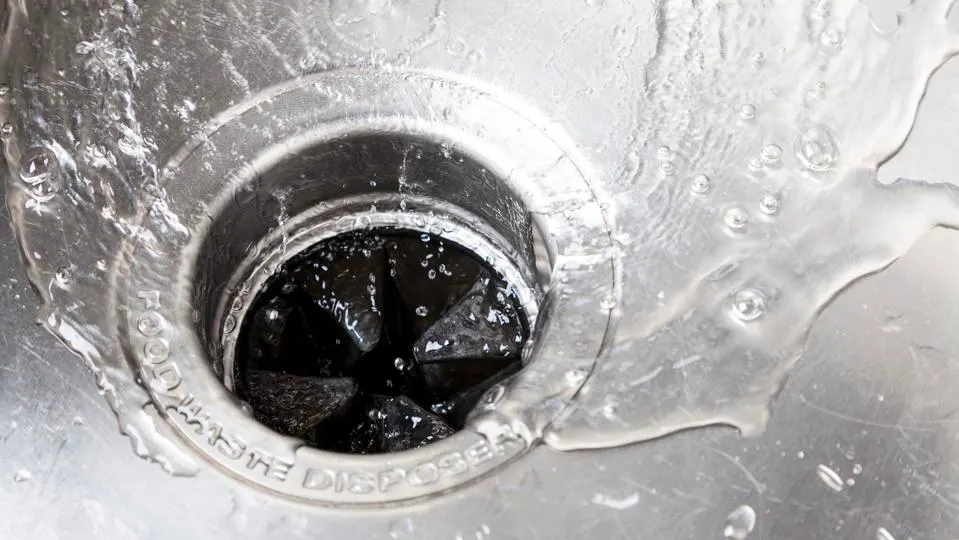Every household relies on the ever-trusty refrigerator to keep food and drinks cool and preserved. But what happens when this essential appliance lets you down, and you find your refrigerator not cooling as it should? The panic sets in as perishable items start to thaw or spoil. This guide is designed to give you a thorough understanding of why your refrigerator might be experiencing cooling issues and offers practical solutions to get things back to normal.
Refrigerator Not Cooling:
It’s a common complaint. You open your fridge, expecting a gust of cold air, but instead, it feels lukewarm. Before you jump to conclusions or consider replacing the entire appliance, it’s essential to understand the various factors that might cause this issue.
Possible Causes for the Dilemma:
- Faulty Thermostat: Often, the refrigerator’s thermostat may malfunction, leading to incorrect temperature readings.
- Blocked Vents: Overloading your refrigerator can block crucial air vents, reducing air circulation.
- Malfunctioning Fans: The evaporator and condenser fans play pivotal roles in the cooling process.
Power Issues:
Sometimes, it’s not about the appliance but rather about the power source it’s connected to.
- Frequent Power Cuts: If your area is experiencing frequent power cuts, your refrigerator might not get enough time to cool down.
- Voltage Fluctuations: Inconsistent voltage can affect your fridge’s performance.
Maintenance Matters:
Like every other machine, refrigerators need regular upkeep.
- Dirty Coils: Dust and dirt on the condenser coils can lead to inefficient cooling.
- Door Seals: Worn-out seals can cause cool air to escape, reducing the fridge’s cooling efficiency.
Practical Solutions:
Now that we’ve identified potential culprits let’s dive into the fixes!
DIY Fixes:
- Regular Cleaning: Ensure the condenser coils are clean.
- Repositioning: Ensure your fridge is not placed close to heat sources like ovens.
- Organize Your Fridge: Make sure air vents aren’t blocked by food items.
When to Call a Professional:
There are instances when it’s best to leave it to the experts.
- Technical Malfunctions: If there’s an issue with the compressor or the refrigerant, it’s time to call in a professional.
- Electrical Issues: Dealing with electrical components can be dangerous.
Prevention is Better Than Cure:
To avoid facing a “refrigerator not cooling” situation, consider the following:
- Routine Maintenance: Set reminders to clean and check your fridge components regularly.
- Avoid Overloading: Give your fridge some breathing space; don’t cram it with items.
Cost Implications:
Fixing a refrigerator can sometimes burn a hole in your pocket. Here’s a breakdown:
- DIY Costs: This includes cleaning supplies and minor replacement parts.
- Professional Repairs: Depending on the issue, professional repairs can be pricey.
Where to Find Trusted Professionals:
Searching for a reliable technician? Here are some tips:
- Check Reviews: Platforms like Yelp or Google Reviews offer insights.
- Ask for Recommendations: Your friends or neighbors might know someone reliable.
Conclusion:
A refrigerator not cooling can indeed pose a significant inconvenience, but with the right knowledge and a proactive approach, you can address the issue efficiently. Whether you opt for DIY solutions or seek professional assistance, understanding the potential causes and remedies will put you in a better position to make informed decisions.
FAQs:
Why is the freezer working, but the fridge is not?
The primary reason could be a malfunctioning evaporator fan or a blocked vent between the freezer and fridge compartments.
How long does it take for a refrigerator to cool after being off?
Typically, a refrigerator might take 12-24 hours to cool down to the ideal temperature after being switched off.
Is it worth repairing an old refrigerator?
It depends on the repair cost. If it’s close to or more than half the price of a new fridge, it’s probably better to invest in a new one.
How can I check if the thermostat is the issue?
Set your fridge to the coldest setting and listen for a click. If there’s no click or the fridge doesn’t turn on within a few minutes, the thermostat might be faulty.
How often should I clean the condenser coils?
Cleaning the coils every 6-12 months can help maintain your fridge’s efficiency.
What is the ideal temperature for a refrigerator?
The USDA recommends keeping your refrigerator at or below 40°F (4°C) for optimal food safety.




